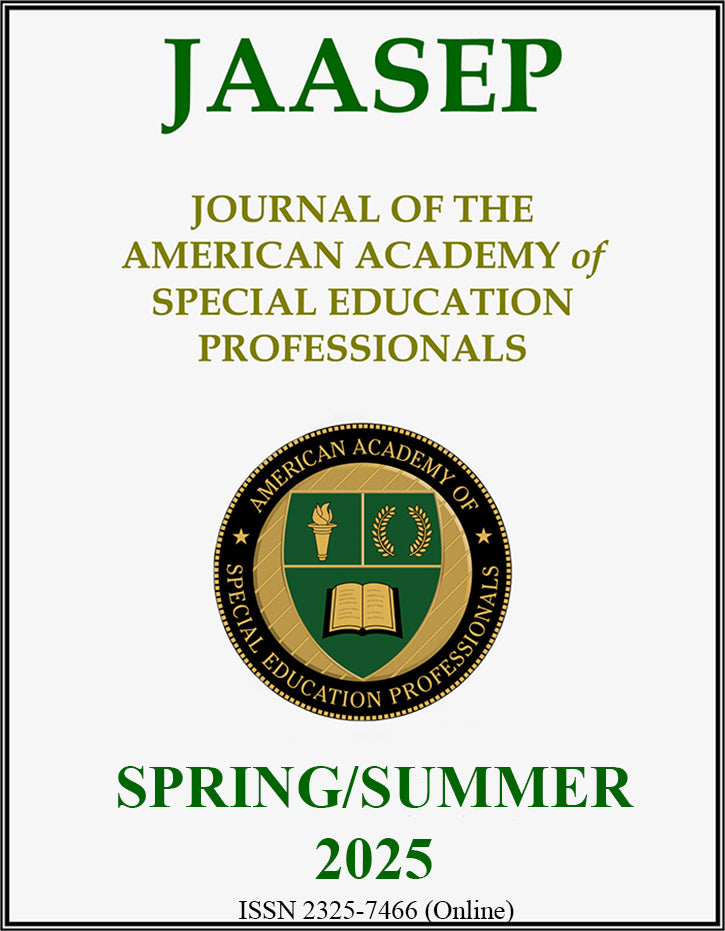NASET
Seclusion & Restraint- Scoping Review of the Peer-Reviewed Published Literature Since the GAO 2009
Seclusion & Restraint- Scoping Review of the Peer-Reviewed Published Literature Since the GAO 2009
Couldn't load pickup availability
Abstract Aversive procedures such as seclusion and restraint are generally viewed as emergency only procedures in school settings. However, they are still used too often to respond to student behaviors in schools. The purpose of this scoping review was to determine which types of documents have been published in peer-reviewed journals, the degree of progress that has been made toward the reduction in the inappropriate use of seclusion and restraints, and how these practices have impacted students with emotional and behavioral disorders (EBD) and/or emotional disturbance (ED). Our summary includes the type of article, antecedent and preventative variables, parent and student perspectives, policies, preventative measures, and legal cases in the literature across 32 peer-reviewed articles from 2009 to 2022. Key findings reveal an increase in the use of seclusion and restraint procedures, despite growing awareness and attention within the education sector. Additionally, the ongoing lack of staff training in emergency procedures suggest that the small number of staff employing these measures may be causing greater harm than previously reported in prior years. Further, we found individuals with disabilities (in particular students ED) and students of color or with linguistic diversity were much more likely to be secluded or restrained in school than their peers. Finally, the varied documents present within the peer-reviewed literature suggest an ongoing interest in advocating for students and their families who have experienced seclusion and/or restraints in school settings. Recommendations for research, practice, and policy are discussed. Keywords: Seclusion and restraint, GAO hearing, special education, children with disabilities, aversives, behavior modification, educational law, equity in education, behavior, ED, EBD


